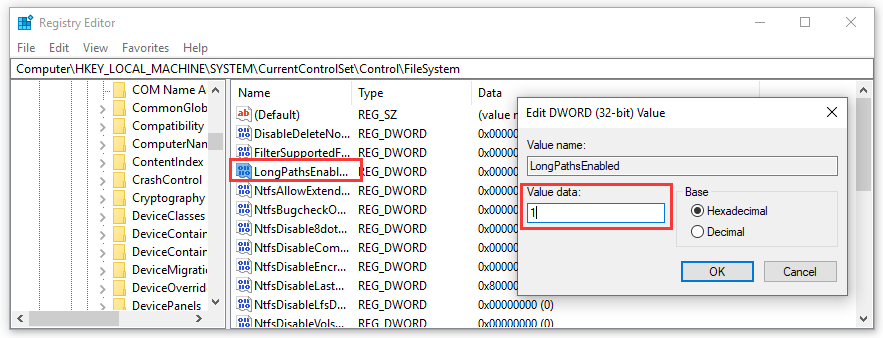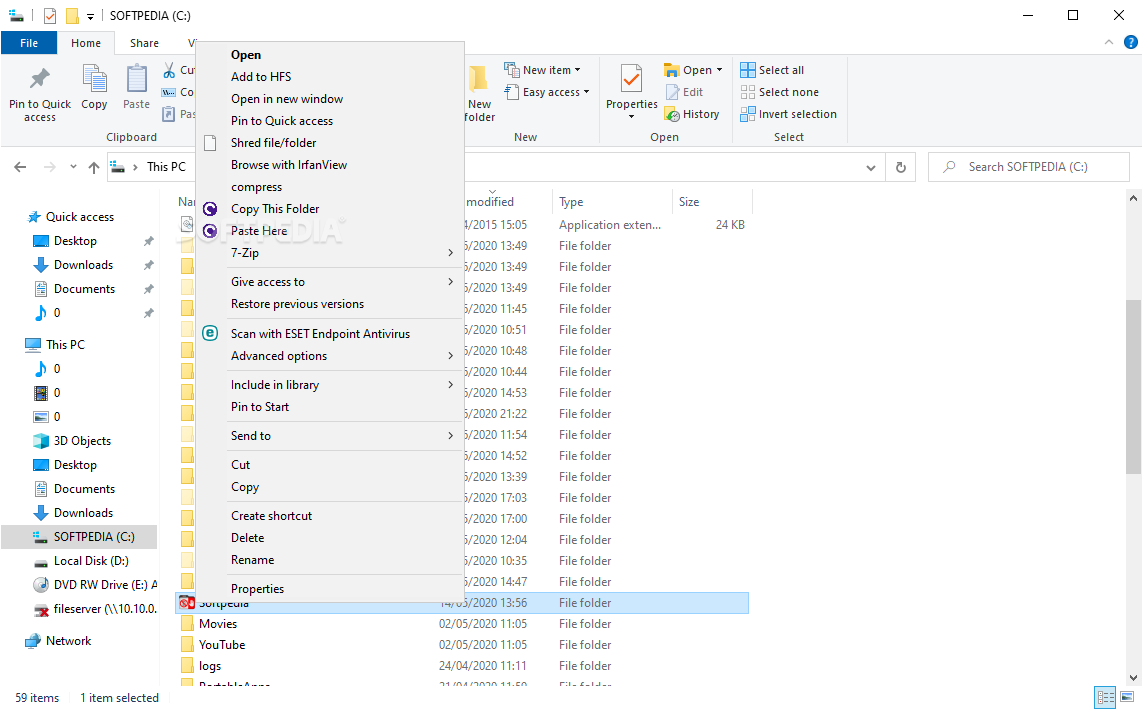
Couple of things I will list, maybe they should be separate but all in the same problem.
#Xcopy file path limits windows 10#
I am swapping the pc to new Windows 10 Pro / OptiPlex 7070 - 8 GB Ram. Here we discuss the introduction, how does xcopy command work in PowerShell? and examples respectively.Customer has 5 pc that we backup to a network drive with XCopy. Various commands like Copy, xcopy, RoboCopy, Copy-Item can be used to copy files and folders from the source to destinations but xcopy and Robocopy offers more functionality and can be run from the batch file and as well as from the PowerShell scripts with the strong support of switches as mentioned making it easier to use and easy to recover from fatal recovery. Xcopy C:\DSC E:\Temp\ /s /exclude:C:\excludeditems.txt Conclusion We can use the command below to copy items to the destination with subfolders. In the below example, File excludeditems.txt contains a list of items to exclude. Exclude: To exclude the specific items, we need to create a list in a text file with the item names to exclude. It also shows the percentage for the larger files that how much it copied. This means that if the remote server goes offline, this switch keeps the track of the files that are copied and resumes operation when a server comes online. z: Copies files over a network in restartable mode.

The below command will copy both hidden and read-only files.į. Similarly, /r switch copies the read-only files. The above command copies files from the source to the destination along with subfolders, system files, and hidden files without user confirmation. h: To copy hidden files and system files that are not included in the xcopy command by default. Below command copies, the files which are updated after 31st Dec 2020. d switch doesn’t only copy the updated file but it also copies the newer files to the destination along with it. To suppress that alert, you can use the/y switch.Ĭonversely, /-y switch is used for the user prompt.

If you have noticed, it asks for the user confirmation to proceed. The above commands copy all the files from the source to the destination which are changed or updated and also show the source and destination location. When you don’t provide the date, it copies all the files that are updated. d : Copies the newer files that are updated on or after the specific mentioned date. l: When you specify this switch, it displays the list of items to be copied to the destination folder without copying them.ĭ. The above command copies files from the source to the destination including the sub-folder and displays the individual item’s source and destination location.Ĭ. f: To see the source and the destination file location while copying, use the/f switch. w: This switch prompts for the user consent to continue before starting the copy of files as shown below.ī. Xcopy C:\DSC\* E:\temp /s /h /e Example #4Ī. The below command will copy the hidden files and folders including the subfolder content and empty folders. To include an empty directory, use /e switch. The above command doesn’t include the empty directories. To include subfolders and their contents except for the empty directory, use /s switch. Xcopy command without switch doesn’t copy the subfolder and subfolder files. If the destination folder doesn’t exist, this command asks if it can create a destination folder and if you press D, it creates a destination folder and copies files.

This is the simple command, which only copies parent files but not the subdirectories and their files. In this example, files are copied from the C:\DSC folder to E:\Temp. The below command will copy files to the destination. Given below are the examples of PowerShell xcopy: Example #1

Operation terminated by user by pressing Ctrl + C.Įrror occurred due to invalid syntax, wrong source or destination path, disk or memory error. Files are copied successfully without any error.


 0 kommentar(er)
0 kommentar(er)
